Berlin is filled with important historical places where history was written. And there is a place hidden in the back streets of Karlshorst where the world’s recent history changed. In this inconspicuous building, the unconditional surrender of the German Army was signed, marking the end of the Second World War in Europe.
Today, this place is the German Russian Museum.
It was the night from 8 to 9 of May 1945, and history was being written. Precisely 70 years ago today, in the former officer’s mess of the Wehrmacht pioneer school in Karlshorst, the unconditional surrender of the German Wehrmacht was signed.
This document marked the end of the Second World War in Europe and that act prompted the founding of the Museum of the Unconditional Surrender of Fascist Germany in the Great Patriotic War 1941-1945.
Berlin lay in ruins and was still burning when the planes landed in Karlshorst. A few days before, Adolf Hitler had shot himself and the hope of a final assault of Nazi Germany came to a full stop. The Red Army had defeated the last soldiers who were still fighting in Berlin and it was over. The only thing missing was a piece of paper documenting what everybody hoped it would come to an end.
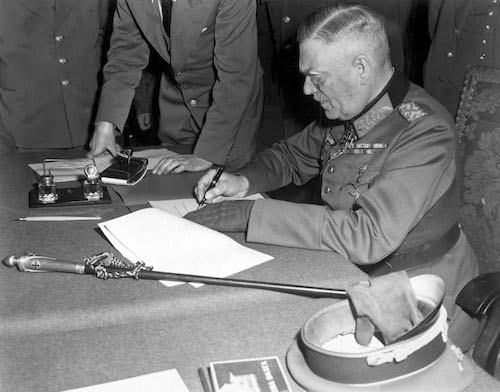
Nazi Germany surrendered in Rheims on may 7th at the headquarters of the Supreme Commander of the Allied Expeditionary Forces, General Dwight D. Eisenhower. This document was ratified where the German Russian Museum in Karlshorst stands today.
Field Marshal Wilhelm Keitel, General Admiral Hans-Georg von Friedeburg and Colonel General Hans-Jürgen Stumpff signed at the end of this three page long document, and it was over. Nazi Germany surrendered and it was accepted by Marshal Georgy Zhukov, Soviet Supreme Commander, and for the Western Headquarters Sir Arthur Tedder, British Air Marshal and Eisenhower’s deputy, with U.S. General Carl Spaatz and French General Jean de Lattre de Tassigny as witnesses. This meant that the war was over, but the city still burned, and the country was in pieces.
It was only in November 1967 that the Museum of the Unconditional Surrender of Fascist Germany in the Great Patriotic War 1941-1945 was created. The museum was a part of the 50th Anniversary celebration of the October Revolution of 1917, and it was first intended for the members of the Soviet armed forces. Only gradually the museum opened its door to the civilian population.
If a German Russian Museum is hard to imagine in the years after the war, we can only imagine how things were after the fall of the GDR in November 1990. Since the Soviet Forces were to leave Germany by 1994, who would be responsible for this piece of history? It was back then that the German Russian Museum came to be. A place where history could be preserved despite who would be in charge.

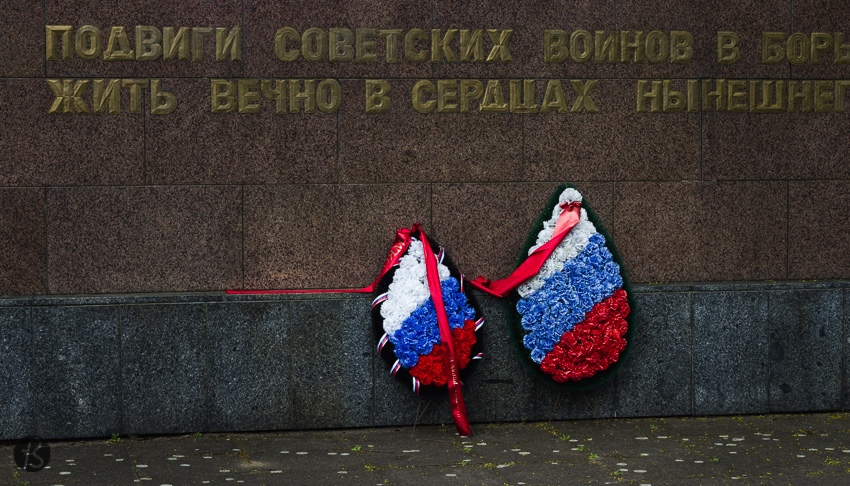
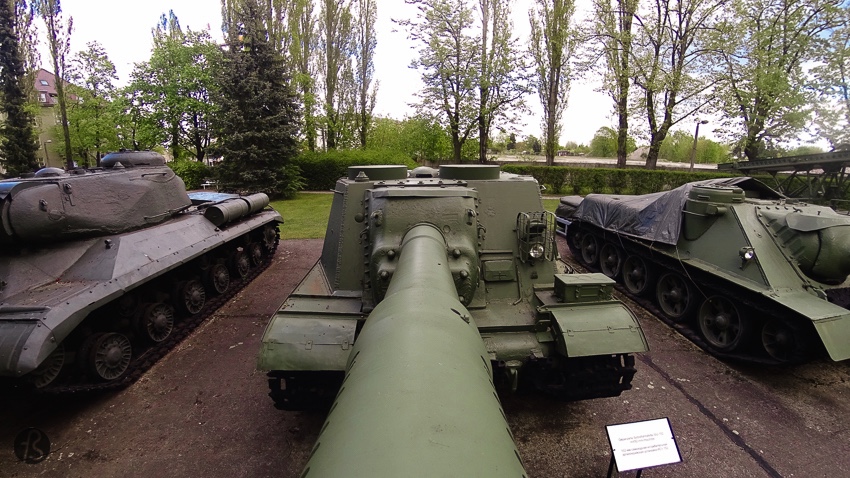
Our visit to the German-Russian Museum in Karlshorst
Getting to the German Russian Museum in Karlshorst is easy, even though the building is somewhat hidden somewhere in this former East German neighborhood. The building itself is not very impressive, and the only thing that points to what is inside is the old Soviet Tank that can be seen on the left side of the building.
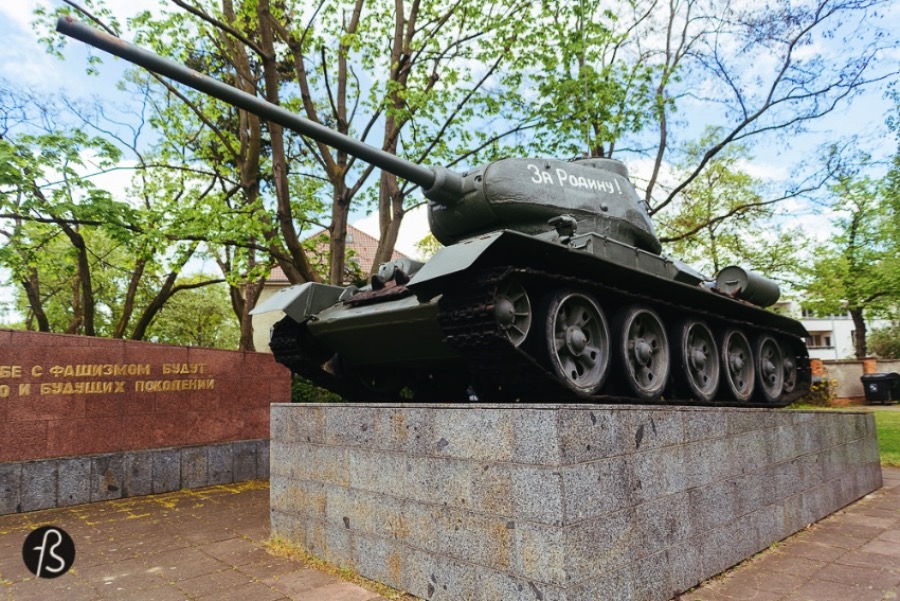


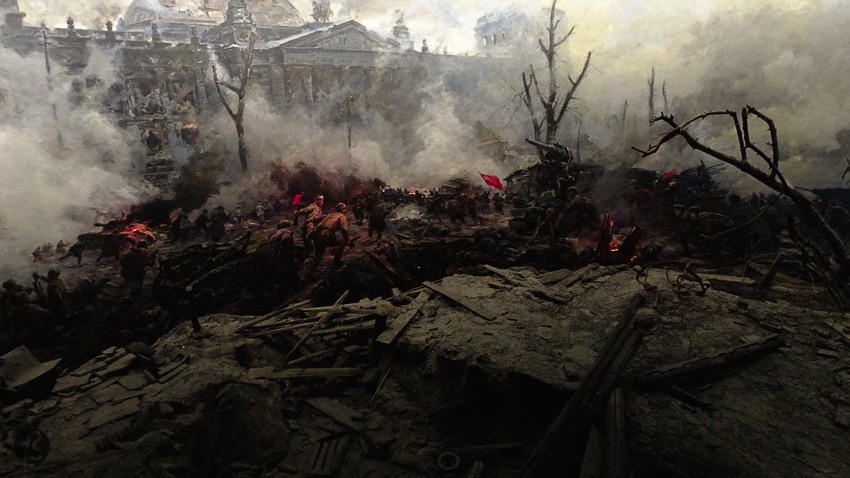
When you get to the German Russian Museum in Karlshorst, start your tour on the outside. Between T 34s and Katyushas, there are a few heavy artillery machines used by the Soviet Union in World War II. The tanks serve as a good introduction to what you will see inside.
When we entered the main building, we were surprised to see the strange mixture of pompous Soviet Murals with Stalin and Lenin. There is also a diorama of the Reichstag storming.
But the main thing here is the surrender hall, filled with commemorative plaques and flags where Nazi Germany signed the unconditional surrender on the night of 8 to 9 of May 1945.
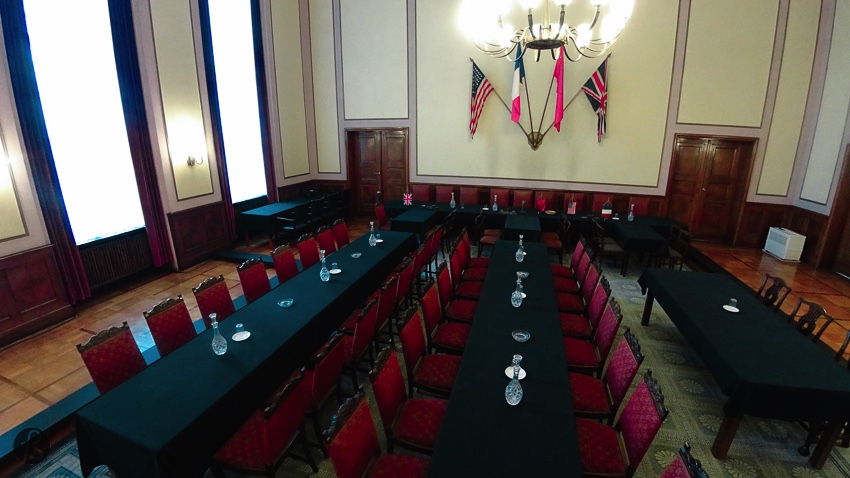
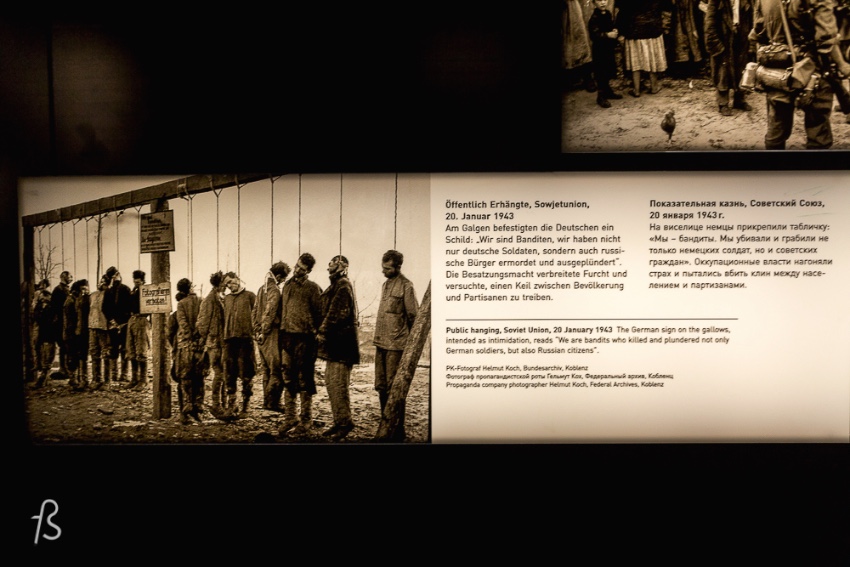
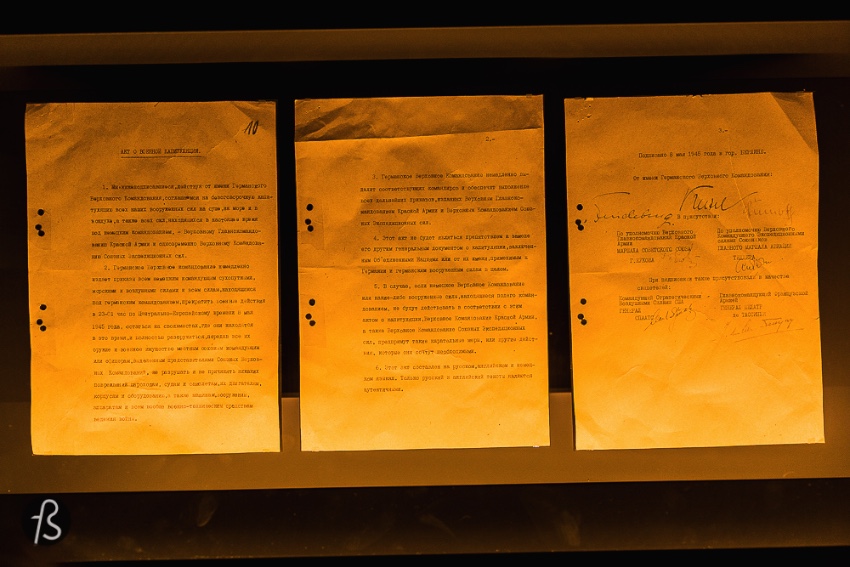
After we tried to absorb everything that happened there, it was time to see the exhibition on the top floor. There you are going to see the best Second World War Museum we have ever been to. The point of view is always of the soldier who is fighting a war he didn’t start, but that may end his life. There are war diaries; there are letters and personal pictures. It is weird to see the Second World War from the little man.
Also, you can see and read a lot about how was the life of the civilian population during the German invasion of the Soviet Union, from a sleigh used by the inhabitants of besieged Leningrad (Saint Petersburg today) to transport food, wood and the dead to several different propaganda posters used by Nazi Germany.
The German Russian Museum in Karlshorst is a fantastic place for anybody interested in the Second World War and how this war changed the world. It is pretty hard to leave the area without thinking about what happened to all these people that fought, died and survived that war.
This is what this museum does to you, and because of that, we believe that more people should go there.

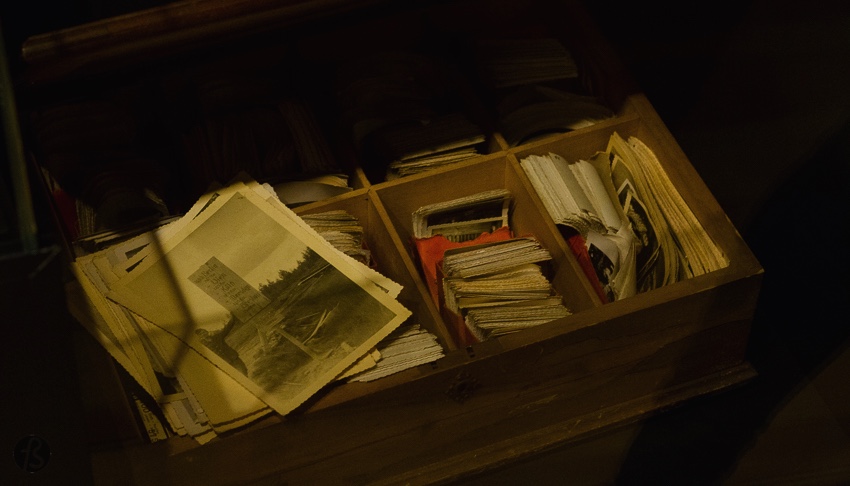
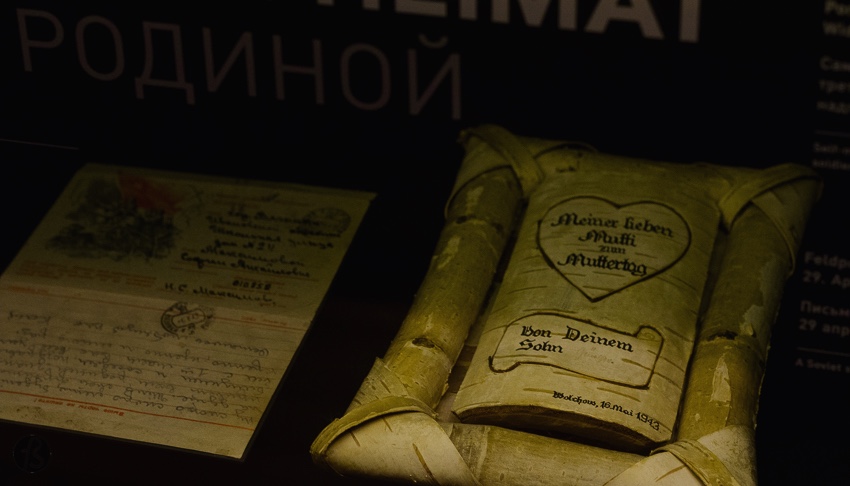
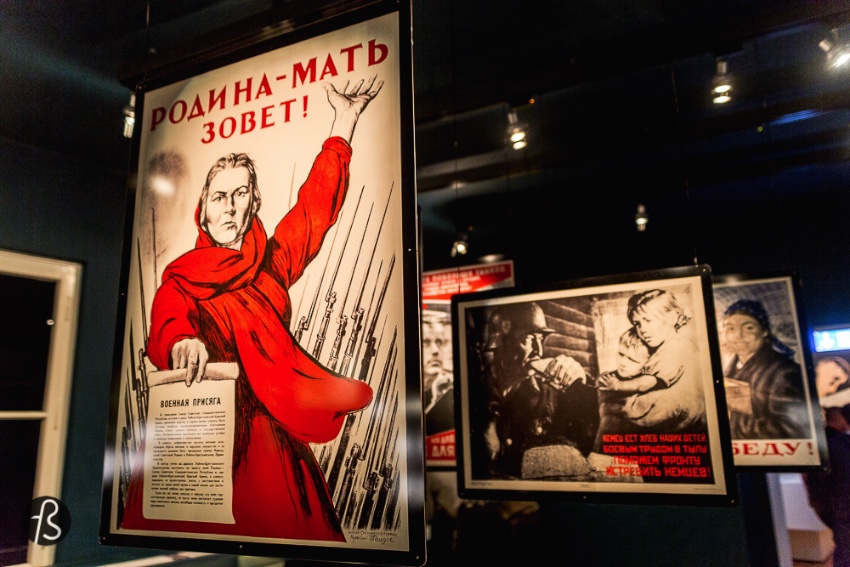
The German Russian Museum in Karlshorst is free and open from Tuesday to Sunday from 10 in the morning to 6 in the evening. When you visit the museum, don’t forget to support it by acquiring any of the amazing books they have there.
When we visited the museum in 2015, we even bought the catalog of the permanent exhibition. It is a great source of information about the Second World War and Berlin.
A Visit to the German-Russian Museum in Berlin-Karlshorst
Deutsch-Russisches Museum Berlin-Karlshorst
Zwieseler Straße 4
D-10318 Berlin
www.museum-karlshorst.de/en